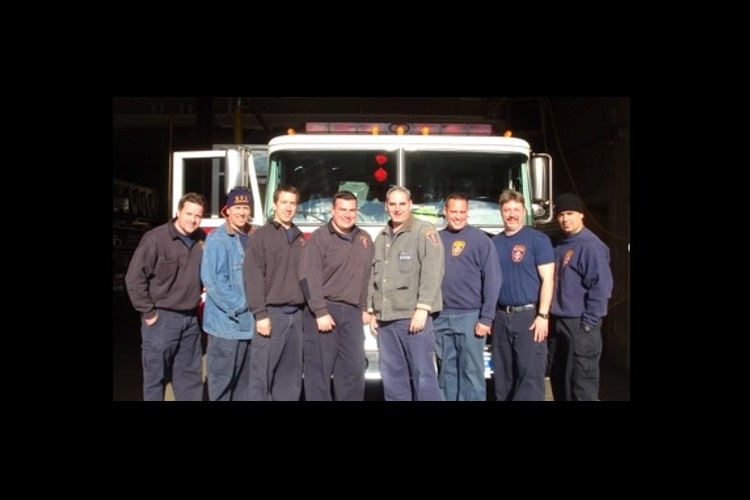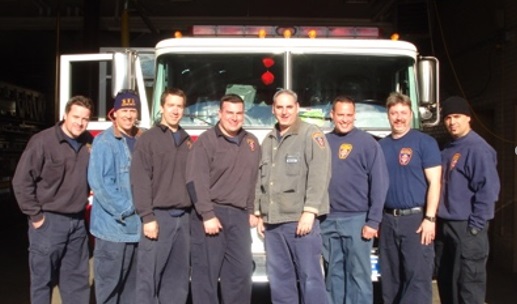
By Leigh H. Shapiro
Plenty has been written on the topic of leadership detailing the variety of styles and their applications. Of all the types, one in particular has always intrigued me because of its tangible results and lasting impact: transformational leadership. Defined as the initiation and resultant change within an individual, a group, or an entire organization, it achieves the desired outcome by illuminating, inspiring, and empowering. This approach is the means by which knowledge, skills, and abilities take shape and are readily measured in its effectiveness.
Transformational leadership is a highly effective style of personal leadership because of what it ultimately achieves and how it is accomplished. As a leader, I often asked myself, “What does it take to change someone for the better if, in fact, it can be done at all?!” I believe it cannot come from an authoritative standpoint, much like a transactional leader or manager who is narrowly focused on immediate tasks and singular goals. It also cannot be attributed simply to a personality trait or character element; a regurgitation of a leadership/management concept or core value statement; or, as in some cases, forced or coerced. And to only identify training as the explanation is not enough. If I teach someone how to boil a hot dog in a pot of water, does that make him a chef? No; this goes far beyond that.
Transformational leaders possess the ability to positively influence others by motivating them intrinsically. They define expectations and provide the support to achieve a goal beyond what was thought to be possible. These leaders embrace the core mission of the agency, the value of their contributions to it, and the understanding of the requisite “big picture” of getting all the other “fishes to swim in the same direction” to advance the mission. The key to triggering this change is through empowerment.
The concept of experience has produced the most reliable and impactful results. Empowerment often comes from delegating or granting permission to a crewmember or company by way of an assignment, such as when I state, “I need this done; please go do it!” Other times, it’s out of necessity, such as when you pull up to a working fire and you’re the only officer on scene—so it’s time to step up and run the show! To stimulate empowerment from someone who already has the authority to make decisions, convey the responsibility element such as giving an individual or crew an order or task to complete and letting them figure out how to make it happen (with my only interest being the end result). You can see in their eyes the level of commitment and the resultant satisfaction when they are afforded an opportunity to excel and the latitude to self-regulate without the fear of being humiliated. Instead, they are coached only IF they fail.

(1) Six crewmembers were promoted to leadership capacities. (Photo by author.)
A lieutenant on my shift was frequently the first-arriving officer at working fires. He would initiate command, immediately call for more resources (when he deemed necessary), and then proceed to apologize profusely to me when I arrived on scene for doing exactly what was expected of him. I had to reassure him repeatedly that I expected my officers to act like officers, and that I would always provide the resources and—most importantly—the support to thrive in their capacities. I often had to remind him to make his own decisions and stand by them as opposed to being unsure and seeking permission. It was my intent to create a decentralized environment where the officers had the latitude to lead from the front. By maintaining expected outcomes based on formulated strategies, tactics, training, and policies, my officers had the freedom to grow as leaders instead of being mired in a repressed and confined atmosphere. Understanding the why or the reason behind an order through clear communication gives valuable insight to the person charged with carrying out the order. An effective way to gauge progress is to maintain a vision of what the look and feel of my crew’s overall performance should be rather than what credentials and training certifications state it should. (Not everything can be learned from books.)

(2) The crew confers at the command board (Photo by Pat Dooley.)
Another example of empowerment comes from a senior firefighter who was having trouble with a younger crewmember’s consistent lack of initiative and motivation with training, crew cohesion, and overall job performance. The company officer attempted to address these issues with the young firefighter, with minimal results. Eventually, the senior firefighter engaged the young firefighter and explained, in a respectful and detailed manner, exactly what he was doing wrong; what he should be doing differently; how this affected the entire crew’s performance; and how, if not corrected, there would surely be punitive actions from the administration. The senior firefighter went on to further explain how poor job performance affected not only the young firefighter’s family but his future career success as well. Because of the transformational leadership displayed by the senior firefighter, the young firefighter subsequently improved greatly on all levels. By enlightening, inspiring, motivating, and influencing the young firefighter, the senior firefighter successfully transformed him into a different mindset and level of performance instead of ignoring him and watching him fail. To that, somewhere along the line, the senior firefighter was also transformed into the leader he had demonstrated to be.
Transformational leadership has evolved and is widely recognized as a critical component of the fire service. Firefighters and officers are frequently thrust into unfolding crises of varying degrees and scope, and they need to react instinctively with definitive actions and clarity of purpose without time to ponder and deliberate. By embracing empowerment through the conveyance of authority and the opportunity of others to make decisions; have a voice; and, most importantly, make mistakes and learn from them through self-evaluation opens the mind and unlocks the shackles of restraint.
For some individuals, however, there may be no way to engage in transformational leadership because of their lack of adaptability or a limited capacity for growth. Often, these individuals may remain a participant instead of a leader. You should anticipate this; their fullest potential may never be realized in this arena. A paradigm shift was my end game goal; be a transformational leader rather than the typical task-fixated transactional leader. By being path-oriented through providing the proper environment of impetus and fortitude, I would often remind my personnel, “Don’t focus on where you are; focus on where you’re going!”

(3) Setting the proper tone with personnel. (Photo by Pat Dooley.)
The ancient Chinese philosopher Lao Tzu stated, “Give a man a fish and you feed him for a day. Teach him how to fish and you feed him for a lifetime.” This concept is aptly applied in every firehouse, for every crew, on every shift. It’s not what “they” do when you are there; it’s what “they” do and how “they” perform when you’re not there—that’s the truest measurement of transformational leadership.
 Leigh H. Shapiro recently retired as the deputy chief/senior tour commander from the Hartford (CT) Fire Department after serving 28 years on the line. During his tenure, he served as a lieutenant, captain, deputy chief, interim assistant shief/deputy director of Emergency Management. He now operates a fire service consulting firm and is a lecturer on fire service leadership development. You can contact Shapiro at bernenbush@comcast.net.
Leigh H. Shapiro recently retired as the deputy chief/senior tour commander from the Hartford (CT) Fire Department after serving 28 years on the line. During his tenure, he served as a lieutenant, captain, deputy chief, interim assistant shief/deputy director of Emergency Management. He now operates a fire service consulting firm and is a lecturer on fire service leadership development. You can contact Shapiro at bernenbush@comcast.net.

